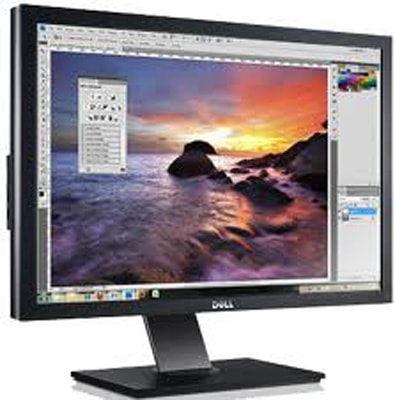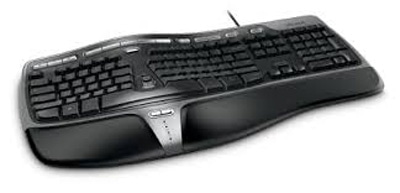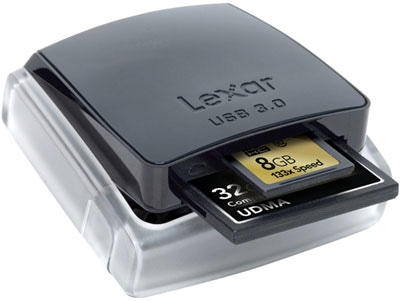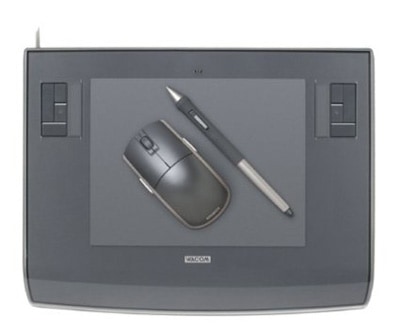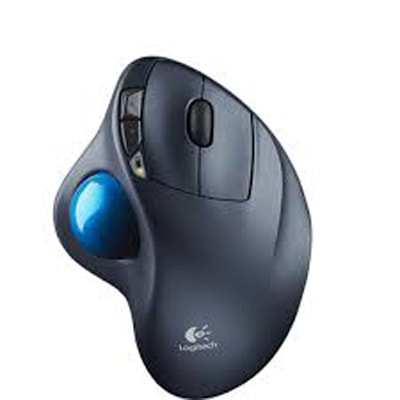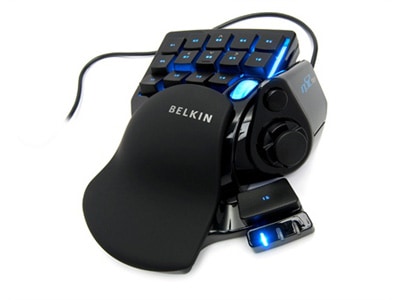The physical mechanics and hardware I use
I posted this blog a couple of years ago on my old webpage and felt to re-post here on the new site. It’s given me an opportunity to update some information since I’ve fine tuned a few things since originally writing it.
Recently I’ve been learning to use new software. As you may know, this can be a slow and sometimes frustrating process.
After only just a few days, I noticed how much my navigation of the program had improved, and how much this helped with my enjoyment of the software. This got me thinking about the physical mechanics of my photographic post processing workflow, and how it affects the way I work.
The purpose of this post is to talk about the physical hardware and mechanics I use when editing photos or video. Particularly how to make the process more efficient, which leads to a better experience, and greater enjoyment of life in general.
I spend a large amount of my working life in front of a computer editing photos and video. It’s not all bikini shoots at the beach. For this reason, I’ve been on a continuing quest to make my post processing workflow as efficient as possible.
A quick Google search shows that workflow is defined as “The sequence of industrial, administrative, or other processes through which a piece of work passes from initiation to completion”
I think this is a great definition. Applied to photography, it is the process we take from clicking the shutter, through to producing finished photos and archiving.
In photography, the workflow after we take the photos is called post processing. It used to mean dropping your film off at the lab. Now it involves downloads, uploads, back ups, Lightroom, Photoshop, colour correcting, printing, archiving etc etc. It’s way more involved in the digital age and for most photographers, takes up a huge chunk of our time.
Things that streamline and speed up this process of getting “a piece of work passed from initiation to completion” is the goal. I might talk about how I actually process photos in another blog post, but for now I’m going to focus simply on the mechanics of it.
These physical mechanics are really important and involve hardware, procedures, routines and shortcuts.
Things which make all the difference to both the speed and enjoyment of your post processing workflow.
This is my desk and working space.
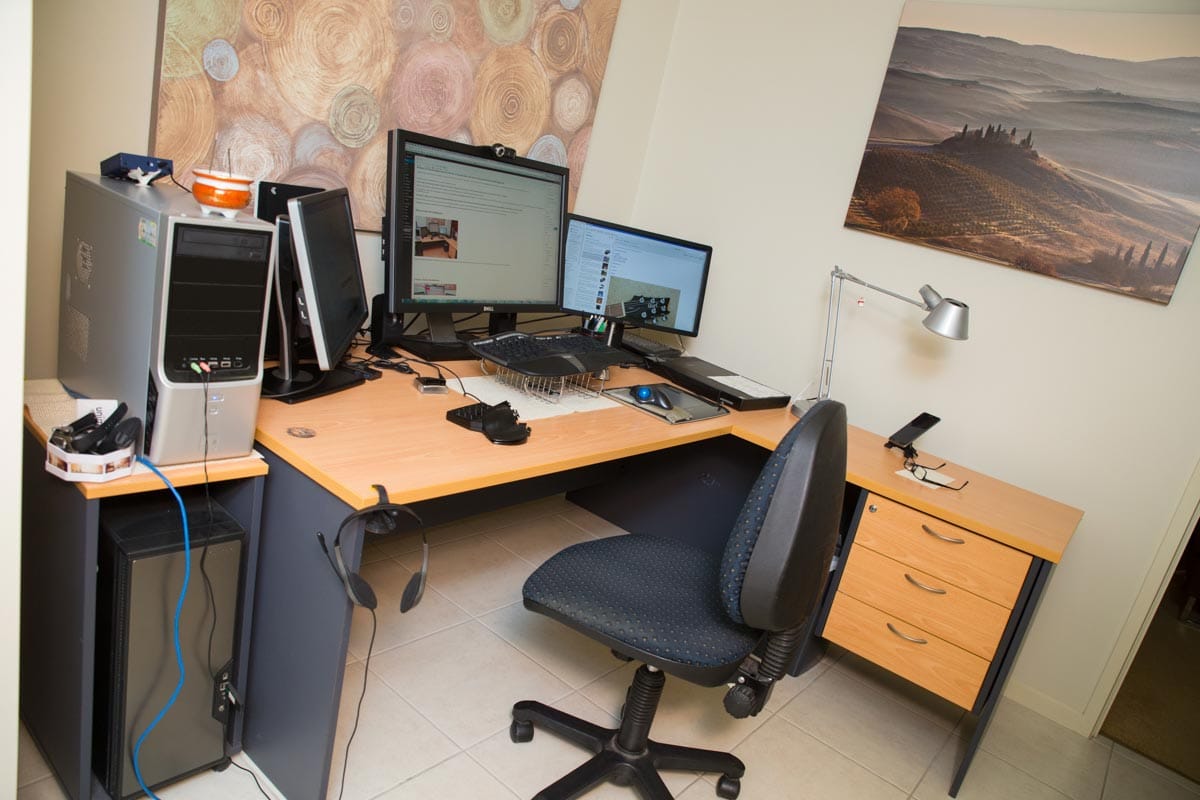
I like it big, clean and uncluttered. It sometimes descends into a mess, but I like to keep it neat and tidy as much as possible. You can’t underestimate the importance of the physical space you work it. If it has an energy of disregard, then so too will your work.
Lets have a look at the hardware and break it down:
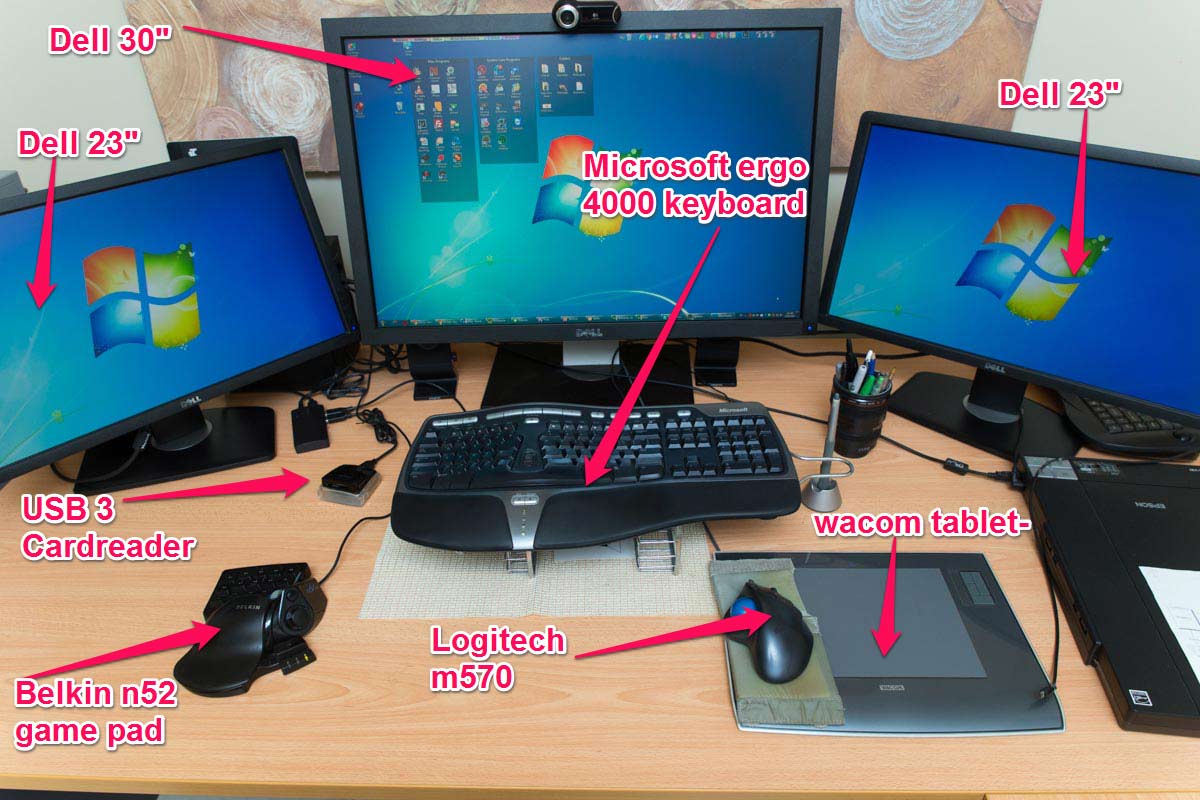
Monitors
I like to have a lot of screen real estate. You really can’t have too much and I recommend getting as much as you can either fit on the desk or afford from your wallet.
I use a dell 30″ monitor for my main screen and post processing, and I run two 23″ monitors either side. I stretch the desktop across all three so I can move stuff around as needed.
Apart from making editing much more enjoyable, I run certain programs consistently on the same screen. This builds a routine and makes locating information much easier.
I don’t think there is ever a case of having too much screen real estate. I’ll let you know if it happens.
Keyboard
I use a Microsoft ergonomic keyboard 4000. This is a preference often built over years of use and will be a very personal choice.
I find it extremely comfortable and it has lots of buttons for things like quick file access, volume, mute etc. Note in the picture I have it raised to give access to my mouse and Wacom tablet underneath, because it’s quite wide on the desk. I raised with the venerable BRC2000 – a bathroom caddy I had lying around.
USB 3.0 Card reader
If you are downloading lots of raw camera images or some video footage, then via usb3 is the only way to go. Your post processing workflow can’t even start until you’ve downloaded the images.
It is so much faster than usb2, which feels positively glacial to me these days. I use a Lexar and it’s like other great technology – it’s great because you don’t notice it. It just works and is dependable.
Wacom Tablet
I love a tablet for photo editing – it’s indispensable for post processing in Photoshop.
Trying to edit photos with a mouse is akin to painting a masterpiece with a hunk of rock. The Wacom pen is your digital paintbrush.
I use an Intuos 3, which these days is quite an old model, but works just as well as it did when it was the latest and greatest.
One thing to note is that I map the tablet area to a much smaller size, at least 50% smaller. This means my hand doesn’t travel from one side of the tablet to the other. I like my hand to be stationary with access to all areas of the screen without moving it much. Minimal hand movement is a critical key to post processing workflow efficiency.
I also set the rocker button on the pen to mimic a mouse. Down is a double left mouse click, whilst up is a right mouse click.
There is a learning curve with tablets. I recommend ditching your mouse for a month and only use the pen for everything you do – Photoshop, surfing online, word processing etc. It will be frustrating at first but it’s the best way to get used to it.
Wireless trackman m570
As I mentioned, a lot of the mechanics of my post processing workflow are centered around not moving my hands much.
Editing a couple thousand images from a shoot takes time, and unnecessary moving of your hands just stretches this out and introduces fatigue.
This is why I map the Wacom tablet to a smaller area. It’s also why I love this Logitech wireless trackman m570.
I love the fact my hand is stationary rather than moving all over the place like with a normal mouse. Less movement is a more efficient practice and better for your posture/health too. With the m570, it’s all about your thumb baby.
The m570 has 3 programmable buttons which are killer. So simple and so good. Since efficiency is gained through shortcuts, these are very handy.
Button 1 creates a new folder. Simple, but saves so much time.
Button 2 is programmed to “back”. Again so simple, but think about how often you want to go back in folder trees or online.
Button 3 is the venerable “ctrl z”. An undo button. Again simple but sooooo useful.
The only problem with this trackball mouse (or benefit depending on your view) is that it frustrates other people when they try to use your computer. Other people less evolved than you.
Belkin n52te gamepad
The Belkin gamepad is the jewel in the crown of my strategy of efficiency through keyboard shortcuts.
I love keyboard shortcuts. They can truly enhance your digital life substantially. They can drastically cut your post processing time.
I first started using keyboard shortcuts with editing programs such as Photoshop. Whilst these improved my speed with the program, I didn’t like how my hand traveled all over the keyboard to get to them. Especially if you need two hands for the shortcut and have to drop the mouse or pen with your right hand.
This got me thinking and researching, which lead me to game pads. Normally used by hardcore gamers, these give you a bunch of programmable keys, right under your finger tips. Presumably to aid in the of killing monsters or bad guys.
For me it is perfect, my left hand controls a series of shortcuts or common keyboard buttons (like shift and control) and my right hand either the mouse or Wacom tablet.
I chose the Belkin over others quite arbitrarily and it’s proven to be a great decision. After a lot of trial and error, I settled on my key assignments, which you can message me for a copy if interested. One set for Lightroom, one for Photoshop and one for video editing and general usage. A key aspect is keeping common buttons like shift and control in a similar position for each set. I also have a cheat sheet of the assignments near my desk, but I’ve been using it for years now and its second nature to me. This model is no longer made so I’ve bought a couple and stashed them. Gotta hate it when companies stop making your favourite gadgets.
Photoshop actions and some simple software I love
Just a quick finishing note on Photoshop and some software.
Photoshop has a thing called actions, which are recorded sequences of tasks. You simply record yourself performing a certain task and then you can apply that to as many photos as you like…..forever. It’s a god send. I use them everyday and couldn’t imagine Photoshop life without them. Lightroom also has presets which are very similar.
I wasn’t going to discuss software in this post, but there are 3 I use which help tremendously and deserve mention.
The first is a small program used with Photoshop called iopener pro. I simply couldn’t imagine my Photoshop life without it. It feeds images to me, one-by-one, into Photoshop for editing, and then auto saves them with a single button click in a way I predetermine. Without a doubt my favorite Photoshop add-on program of all time. Note on this one. It’s no longer available so because of this plug-in, I’m still running photoshop v4 !
Secondly I use a program called autohotkey. It’s a free and very simple program which can save heaps of time. For example, if I want to type my website address, instead of the full address, I simply type ww , and it auto completes. The uses for this program are endless and amongst other things, I use it to correct spelling and typing errors which I routinely make.
Last but not least is a little program called wizmouse. Once you install this you won’t know how you survived without it. It enables you to scroll any window without having to first click on it to activate it. A seemingly small thing, but any computer I use now where it’s not installed just feels wrong to me.
Ok, this has grown a bit larger than I planned so I will end it there. Hopefully there is some good stuff here for your own post processing workflow. If you have any questions at all, please send me a message or leave a comment below.

